






















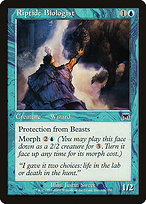

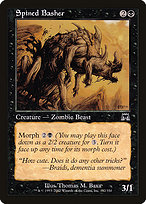


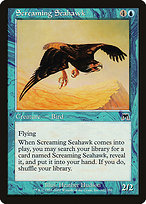





































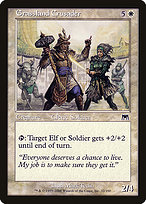








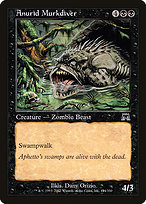



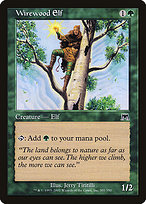




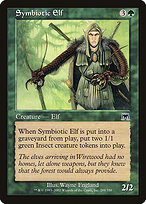

























Onslaught is a large set with 110 commons, 110 uncommons, 110 rares, and four variations of each standard basic land. This is the normal size for a large set of this era. Foil cards are included in booster packs with advertised odds of 1 : 70 cards. The set was printed in English in the USA and Belgium.
Onslaught was sold in 15 card booster packs. Booster boxes have 36 packs.
The US printing uses sequential collation with 10 × 11 sheets. Packs are back-facing with commons, then uncommons, and the rare last. If a foil card appears, it will appear at the end of a pack, but displace a card of the same rarity. Foil basic lands will also displace a common, (but basic lands otherwise do not appear in booster packs).
| 11 Commons | 3 Uncommons | 1 Rare |
Tournament packs have 30 basic lands, 3 rares, 10 uncommons, 32 commons (in this order). Observed decks are back-facing with lands followed by rares, uncommons, and commons. There is a survey insert and a rules insert between the lands and the rares. (These inserts may appear in either order.) Packs have an outer seal, and some (but not all) have an inner seal.
If a foil card appears, it will be in front of the lands, displacing a card of the same rarity. (Here, foil basic lands displace basic lands, not commons.) It may only be possible to get a single foil per pack (although this is hard to confirm).
| 30 Lands | 3 Rares | 10 Uncommons | Survey and Rules Inserts | 32 Commons |
There are four common runs. Two, A and B, have 30 cards (each twice) and two, C and D, have 25 cards (again, each twice). In booster packs, the A and C runs are appended together to form one long card run, AC, but in tournament packs, these are two separate runs. Each booster has 5-6 AC cards followed by 3 B cards and 2-3 D cards. Half of packs are 5+3+3 and the other half are 6+3+2. Foil commons will displace a B or D card. Foil basic lands will displace an AC card.
In tournament packs, commons appear in D-C-B-A order. Packs will be either 7+7+9+9 or 8+8+8+8. Foils can probably replace cards from any run.
There are two uncommon runs, A and B. Each has 55 different cards (with each card appearing twice). The names A and B are probably ambiguous, as the runs can appear in either order (although in my sample, A was first much more frequently). Boosters packs have 1-2 cards from one run followed by 1-2 from the other. Half of packs are 1+2 and the other half are 2+1. Within a box, the order between A and B will remain consistent. Foil uncommons will displace a card from whichever run appears first, and will appear in packs that would have had two cards from that run (so, packs with foil uncommons will still have one uncommon from each run).
In tournament packs, uncommon runs can also appear in either order. There will always be 5 cards from each run. (I don't have enough information to meaningfully comment about which card will be displaced by a foil.)
There are two rare runs. The A run has 60 different cards (with each card appearing once) and the B run has 50 different cards (each appearing once). (These are probably printed on the same sheet.) In booster packs, a foil can displace a rare from either run.
In tournament packs, rare runs can appear in either order. Packs can be either 1+2 or 2+1. It is possible for a foil to displace the only rare from a run.
Run AC contains 55 cards each twice. In tournament packs, the first 60 cards (30 different cards, each twice) make up the A run and the remaining 50 cards (25, each twice) make up the C run.
 |  |  |  |  |  |  |  |  |  |
 |  |  |  |  |  |  |  |  |  |
 |  |  |  |  |  |  |  |  |  |
 |  |  |  |  |  |  |  |  |  |
 |  |  |  |  |  |  |  |  |  |
 |  |  |  |  |  |  |  |  |  |
 |  |  |  |  |  |  |  |  |  |
 |  |  |  |  |  |  |  |  |  |
 |  |  |  |  |  |  |  |  |  |
 |  |  |  |  |  |  |  |  |  |
 |  |  |  |  |  |  |  |  |  |
Run B also contains 30 cards each twice. It is probably printed on the same sheet as D. The choice of first card is mostly arbitrary.
 |  |  |  |  | 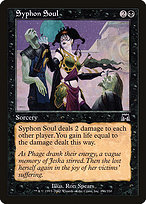 |  |  | 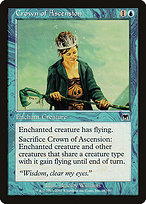 |  |
 |  |  |  | 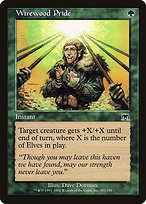 |  |  |  |  |  |
 |  |  | 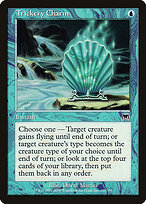 |  |  | 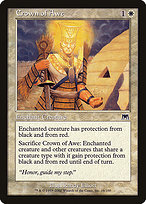 |  |  |  |
 |  |  |  | 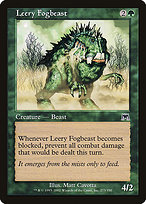 |  |  | 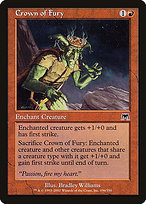 |  |  |
 |  |  | 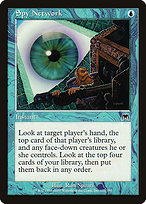 |  |  |  |  |  |  |
 |  |  |  |  |  |  |  |  |  |
Run D contains 25 cards each twice. It is probably printed on the same sheet as B. The choice of first card is mostly arbitrary.
 |  |  |  | 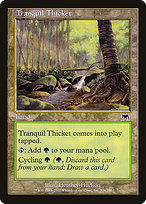 |  |  |  |  |  |
 |  |  |  |  |  |  |  |  |  |
 |  |  |  |  |  |  |  |  |  |
 |  |  |  |  |  |  |  |  |  |
 |  |  |  |  |  |  |  |  |  |
Run A contains 55 cards each twice. The choice of first card is mostly arbitrary.
 |  |  |  |  | 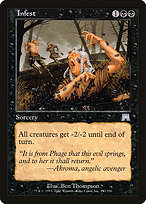 | 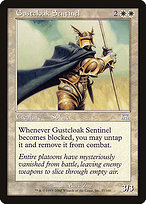 |  |  |  |
 |  | 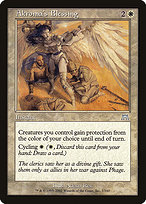 |  |  |  |  |  |  |  |
 |  | 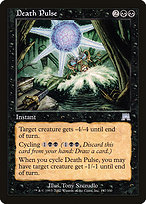 |  |  |  |  | 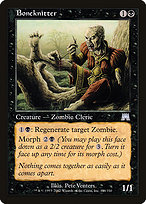 |  |  |
 |  |  |  |  |  |  |  |  |  |
 |  |  |  |  |  |  |  |  |  |
 |  |  |  |  |  |  |  |  |  |
 |  |  |  |  |  |  |  |  |  |
 |  |  |  |  |  |  |  |  |  |
 |  |  |  |  |  |  |  |  |  |
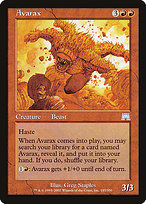 |  |  |  |  |  |  |  |  |  |
 |  |  |  |  |  |  |  |  |  |
Run B contains 55 cards each twice. The choice of first card is mostly arbitrary.
 |  |  |  |  |  |  |  |  |  |
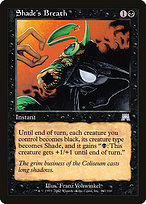 |  |  |  |  | 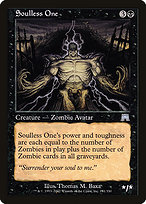 |  |  |  |  |
 |  |  |  |  |  |  |  |  |  |
 |  |  |  |  |  |  |  |  |  |
 |  |  |  |  |  |  | 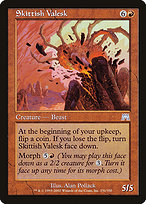 |  |  |
 |  |  |  |  |  |  |  |  |  |
 |  |  |  |  |  |  |  |  |  |
 |  |  |  |  |  |  |  |  |  |
 |  |  |  |  |  |  |  |  |  |
 |  |  |  |  |  |  |  |  |  |
 |  |  |  |  |  |  |  |  |  |
Run A contains 60 cards each once. The choice of first card is mostly arbitrary.
 |  |  |  |  |  |  |  | 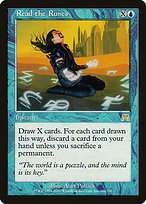 |  |
 |  |  |  |  |  |  |  |  |  |
 |  |  |  |  |  |  | 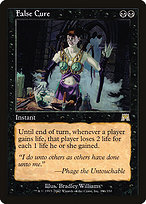 |  |  |
 |  | 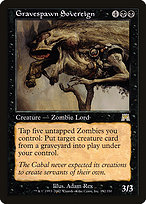 | 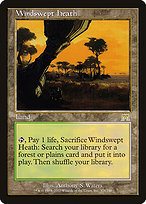 |  |  | 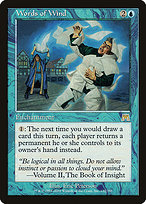 |  | 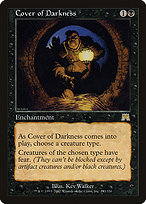 |  |
 |  |  |  |  |  |  |  |  |  |
 |  | 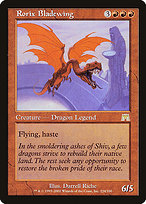 |  | 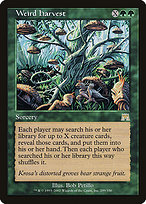 |  |  |  | 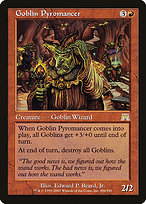 |  |
Run B contains 50 cards each once. The choice of first card is mostly arbitrary.
 |  |  |  |  |  |  |  |  |  |
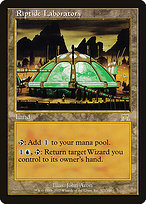 |  |  | 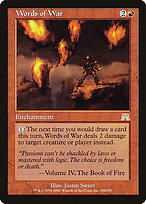 |  |  |  |  |  |  |
 |  |  | 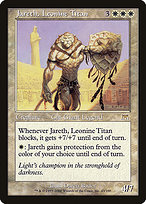 |  |  |  |  |  |  |
 |  |  | 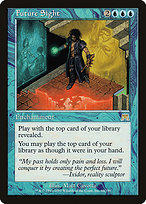 |  |  |  |  |  |  |
 |  |  |  |  |  |  |  | 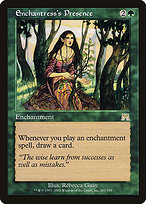 |  |
The Belgian printing uses striped collation with 10 × 11 sheets. Packs are back-facing and contain 3 uncommons, 1 rare, and 11 commons (in that order). Foil cards are inserted only between stripes (in other words, after a card on the left side of the sheet before moving all the way back to the right), displacing a card of the same rarity. It is possible to get multiple foil cards in the same pack. Foil basic lands can appear instead of a foil common. Non-foil basic lands do not appear in booster packs. (Note, I haven't seen an English language Belgian booster, but they are attested.)
| 3 Uncommons | 1 Rare | 11 Commons |
Tournament packs have 3 rares, 10 uncommons, 32 commons, and 30 basic lands in addition to a rulebook. Observed packs are back-facing with lands followed by rares, uncommons, and then commons. There is a rules insert between the rares and uncommons, and a survey insert between the uncommons and commons. Packs I've observed have an inner seal.
Foil cards in tournament packs behave in the same way as foils in booster packs, except foil basic lands appear in the lands instead of in the commons.
| 30 Lands | 3 Rares | Rules Insert | 10 Uncommons | Survey Insert | 32 Commons |
There is a single sheet that prints each common once. The top is chosen so the deviation from the color pattern is in the bottom row.
 |  |  |  |  |  |  |  |  |  |
 |  |  |  |  |  |  |  |  |  |
 |  |  |  |  |  |  |  |  |  |
 |  |  |  |  |  |  |  |  |  |
 |  |  |  |  |  |  |  |  |  |
 |  |  |  |  |  |  |  |  |  |
 |  |  |  |  |  |  |  |  |  |
 |  |  |  |  |  |  |  |  |  |
 |  |  |  |  |  |  |  |  |  |
 |  |  |  |  |  |  |  |  |  |
 |  |  |  |  |  |  |  |  |  |